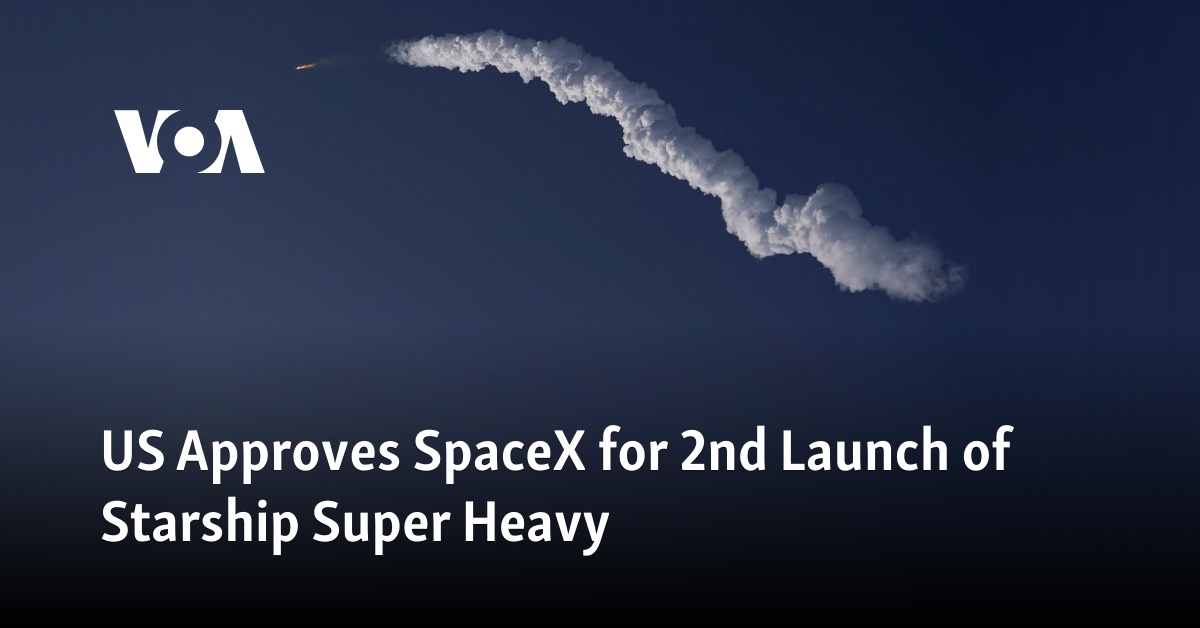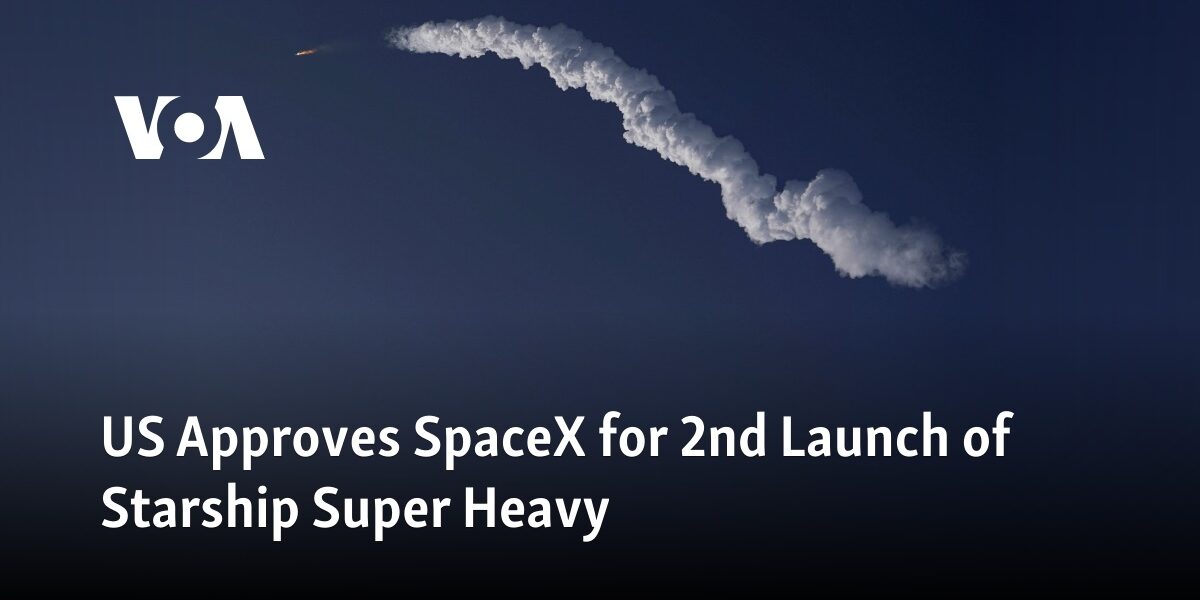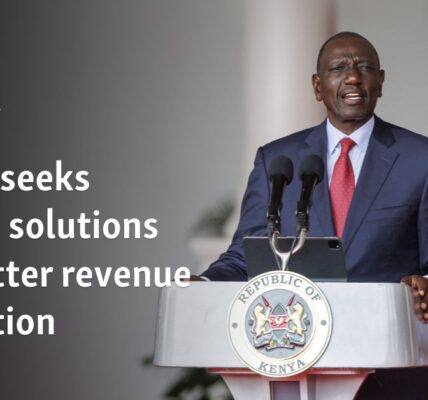The United States has given approval for SpaceX to conduct a second launch of its Starship Super Heavy.

The Federal Aviation Administration (FAA) of the United States has approved a license for Elon Musk’s SpaceX to conduct a second test flight of their advanced Starship and powerful rocket from Texas. This information was announced by the agency on Wednesday.
SpaceX announced that they are aiming for a launch on Friday. The designated launch window is two hours, beginning at 7 a.m. Central Time (1300 GMT). They also mentioned that people in the vicinity may experience a loud sound as the rocket travels into space.
The Federal Aviation Administration (FAA) has declared that SpaceX has fulfilled all necessary criteria for safety, environmental impact, policies, and financial responsibility. The FAA, which is responsible for regulating commercial launch sites, made this statement.
In April, SpaceX made their initial endeavor to launch Starship into space. However, the rocket malfunctioned and exploded mid-flight, causing significant damage to the launchpad and scattering debris over a wide area.
Even though Elon Musk, the CEO and founder of SpaceX, praised the Starship launch as surpassing his expectations, it did not meet its overall test goals of reaching space, completing a nearly full orbit around Earth, and reentering the atmosphere for a splashdown off the Hawaiian coast.
The moon first, then eventually Mars.
The Starship is a rocket system developed by SpaceX that stands at 120 meters, surpassing the height of the Statue of Liberty. It is designed to be reusable and has the capacity to transport up to 150 tons of satellites into space. In the future, it is also planned to transport humans to the moon and eventually to Mars.
The rocket is crucial for SpaceX’s increasingly dominant launch business. NASA, under a roughly $4 billion development contract with SpaceX, plans to use Starship around 2026 to land the first crew of humans on the moon’s surface since 1972.
Numerous improvements made prior to release.
The upcoming Starship flight will have identical test objectives to the previous attempt. SpaceX has implemented numerous modifications to the rocket’s design following the failure in April. In order for another Starship flight to be permitted, the FAA mandated that SpaceX make several adjustments.
SpaceX determined that an onboard fire prevented Starship — the rocket system’s upper stage — from separating from its Super Heavy first stage booster as planned. The rocket’s explosion was the result of an automated destruction command, which triggered some 40 seconds late.
Source: voanews.com




